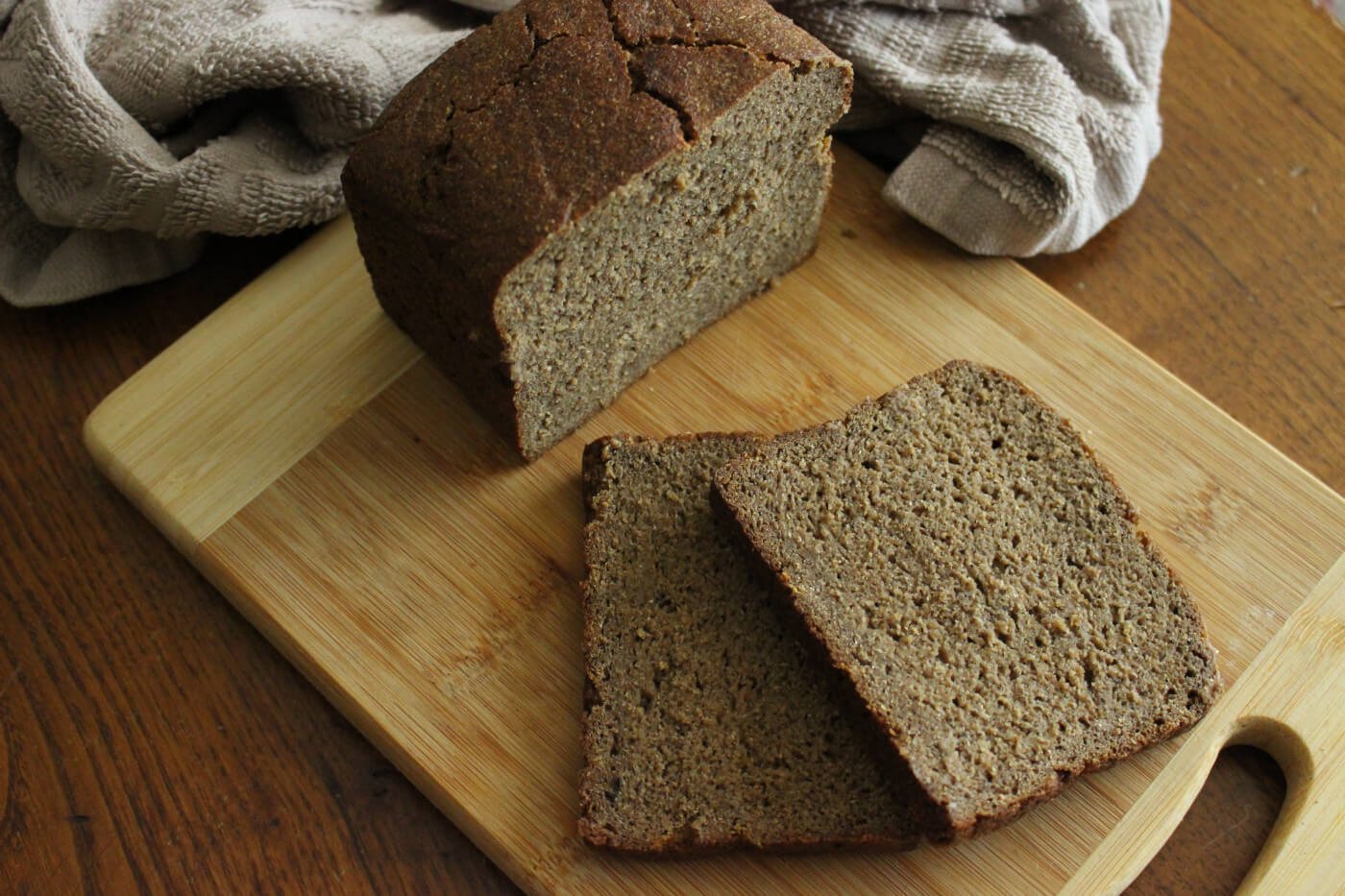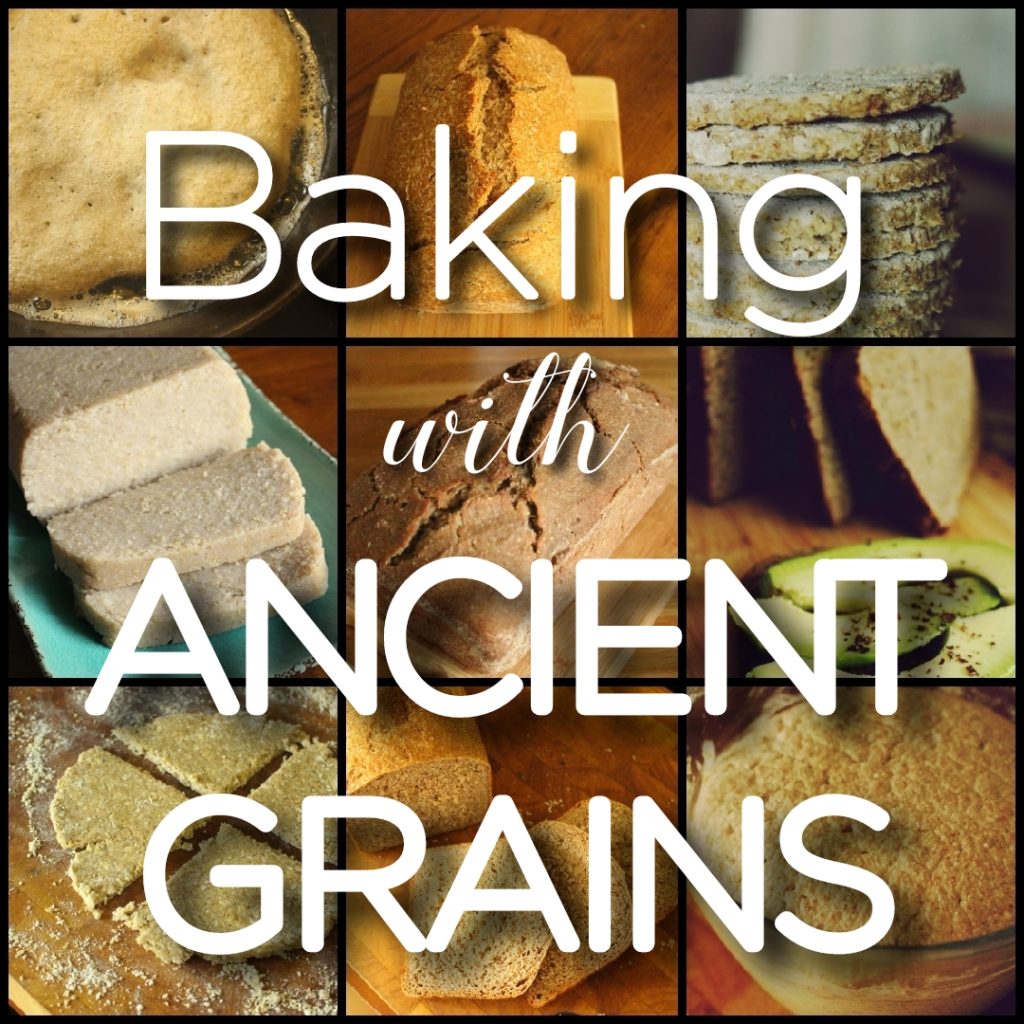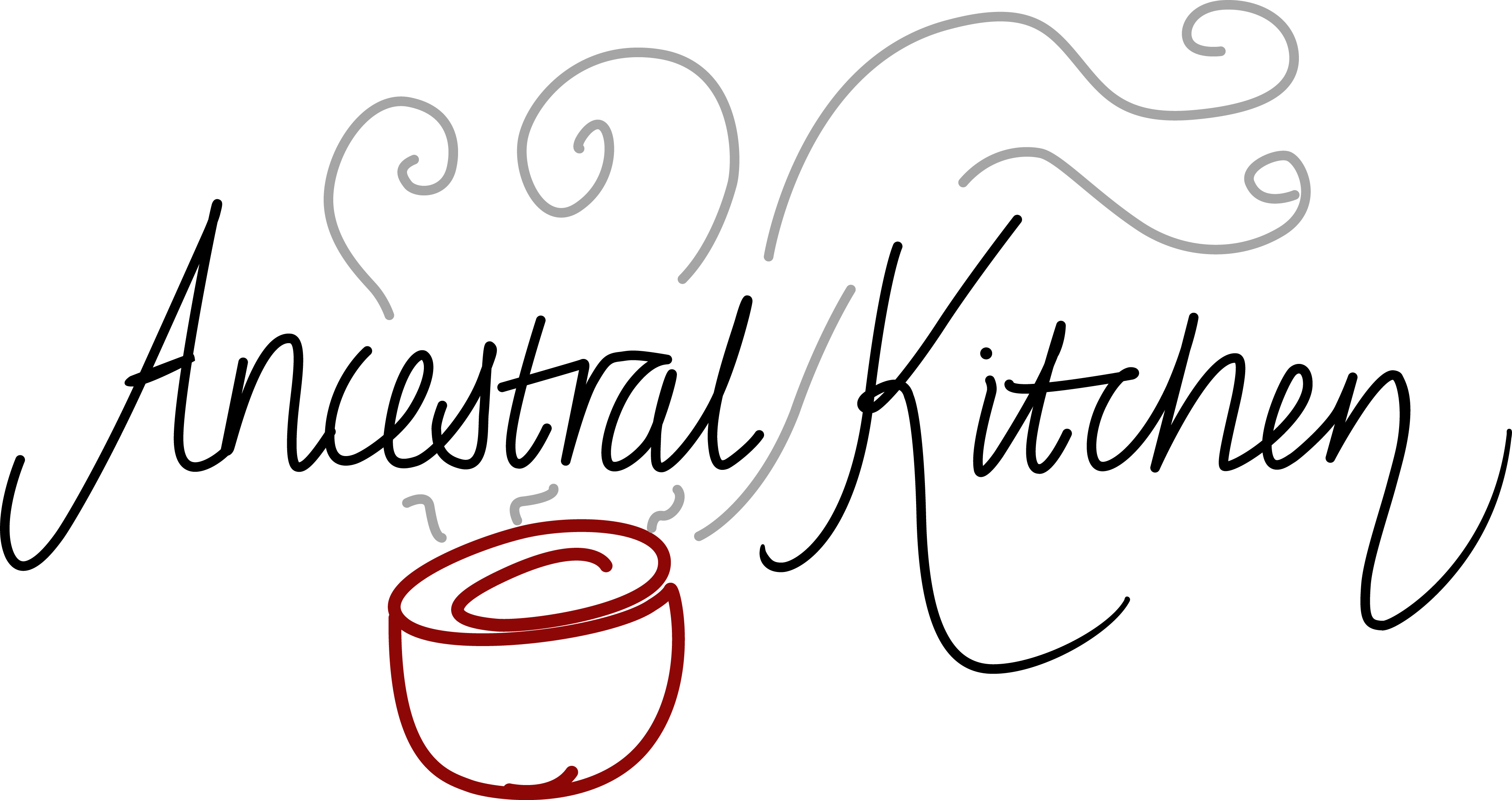This post explains what the Danish rye and ale porridge, øllebrød, is, how it was originally made and gives you a traditional recipe to try out in your own kitchen! Check my substitutions, serving suggestions and FAQs at the end!

Øllebrød is my new favourite breakfast! Who would’ve believed that such a complex-flavoured, adaptable, moreish dish could come from the combination of some stale rye bread and half a can of ale?! Pair it with a few flavourings (which I’ll share with you below) it’s like creating magic in your breakfast bowl.
What is Øllebrød?
Øllebrød is a oatmeal-style dish from Denmark that pairs previously-baked rye bread with beer to create a warm and hearty porridge. The earliest references to it are from the Middle Ages and, in its traditional form, it was a simple, frugal dish that provided nourishment from readily-available staples.
Why bread and beer?
Before industrialisation, communities depended on the crops that grew around them. Rye was a grain that worked well in Denmark, hence it was used to make bread. As firing an oven is quite an expense, this bread was often made in large batches and designed to be kept. As these breads aged, creative home cooks found ways to bring them to life, including this delicious porridge øllebrød.
 With bread-making comes beer-making – providing both was an unquestionable part of the household duties of women for centuries. And if we go back beyond a couple of hundred years, beer (or ale) was a day-to-day drink; given to the whole family at meals.
With bread-making comes beer-making – providing both was an unquestionable part of the household duties of women for centuries. And if we go back beyond a couple of hundred years, beer (or ale) was a day-to-day drink; given to the whole family at meals.
Bread and beer would have been part of our ancestors lives. Combining them into a daily dish just made sense.
A traditional version:
I first read about øllebrød in Alex Hely-Hutchinson’s book 26 Grains. Her version, like many of the øllebrød recipes you’ll find online, modernises the dish, leaving out the beer and adding sweeteners, fruit and spices. Whilst øllebrød does taste good this way, I love adding beer – it gives the dish a deep, rich flavour that is so distinctively different.
In this recipe, half of the liquid used is beer (I’ve used a stout as the flavours combine so well, but you could use any beer). To balance the flavours, I’ve also used a very small amount of sweetener. Taste your own øllebrød before it’s done and add more if you prefer it sweeter.
I make 100% wholegrain rye sourdough rye bread at home every week (my methods are in my course Rye Sourdough Bread: Mastering the Basics) and use the last slices of the loaf to make øllebrød. Sometimes, though, I am so keen to have the porridge that I’ll use fresh bread, or even make a loaf especially. It’s not important whether your bread is old or new, the flavour will be good with both.
You could use shop-bought rye bread, but, as with all industrially-made foods, the flavour won’t be as special.
My favourite spices and flavourings are below, but there are so many options to chose from. Using my suggestions and your imagination, you can make the dish a different experience every time.
Øllebrød needs to be started the night before you want to eat it by soaking the bread in beer and water. I suggest doing this in the saucepan that you intend to cook it in, saving washing up!
Traditional Danish Øllebrød

Serves: 3
Time to soak: overnight
Time to cook: 20 minutes
Ingredients:
250g rye bread, sourdough is best
300g stout (or any beer/ale)
300g water
1/8 tsp salt
1 tsp dark sugar
Spices/flavourings (I often change these up, but like this combination):
1 tsp cinnamon
1/8 tsp vanilla seeds
Zest of 1/3 of a lemon (c.1/2 tsp)
You could also experiment with orange zest/juice, caraway, cardamom, star anise and more!
Method:
The night before you want to eat øllebrød:
- Break the bread into chunks around 2 cms and place them in a saucepan.
- Pour over the beer and the water and stir to combine.
- Cover and leave on the counter overnight.

In the morning:
- Add the salt, sugar and spices to the bread mixture.
- Put the pan onto the stove on a medium-high heat, stirring frequently until you start to see it bubble.
- Turn the heat down to low and cook for 20 minutes, stirring regularly to avoid it sticking to the bottom of your pan.
- When the porridge is smooth, taste it for seasoning, adding more salt, sweetener and/or spices if you would like.
- Serve into bowls, add any desired toppings and eat straight away.
Serving suggestions:
- Øllebrød is great served simply with crushed nuts/seeds and some yogurt or cream (or my favourite, ghee!)
- If you’d like to, toasting nuts before topping øllebrød with them brings more flavour.
- Fresh, seasonal fruit is a nice option.
- For a special treat you could add honey or maple syrup; my son likes it if I infuse cardamom pods for 15 minutes in a 50/50 warmed honey/water solution and pour that over the top of his øllebrød.

FAQs
Can I use new rye bread?
Yes, I often use freshly-made rye bread to make øllebrød. I ends up being slightly more liquidy than if I’d used stale, dry bread, but you can extend the cooking period if you prefer it thicker.
Can I use standard rye?
Yes, you don’t have to use home-made sourdough rye. You can use yeasted rye or shop-bought rye bread. Bread with seeds in will work too, but your porridge will not be as smooth as a non-seeded loaf.
Can I use other breads?
Yes, I often make øllebrød with sourdough spelt bread. When I do this, I prefer to replace the beer with cider. The flavour is wonderful!
Do I have to use alcohol?
No! Øllebrød was traditionally made with beer, but you could soak the bread in water instead. A lot of modern recipes do this.
Can I use non-alcoholic beer?
Yes! Non alcoholic stout or beer works well for this recipes.
I don’t like stout, can I use another beer?
Yes, you can use any type of beer, ale, cider (even home-brewed ancestral ale!). The flavour will change based on the type of drink you use.
What other flavourings go well with øllebrød?
I have used lemon zest, cinnamon and vanilla in the recipe, but often use other spices. Caraway works very well with the deep rye flavours, as does star anise and cardamom. Lots of recipes online use orange juice and zest.
You might also like:
Wholegrain Rye Sourdough Bread: Mastering the Basics (podcast episode)

Bring ancient grain baking into your kitchen!
Download my free 30-page guide with five healthy and tasty 100% ancient grains recipes.


Greetings from Denmark. I had ‘øllebrød’ often as a kid (in the 1970s). Never for breakfast (but it would be fine) – more often as a dessert or quick lunch.
It was commen to use ‘hvidtøl’ – a very low alcohol (< 2%) very dark, sweet low/non fermented malt beer (similar to the Norwegian 'vørterøl') traditional around Christmas time.
Cardamon is widely used in the Nordic countries and would probably be a very good addition.
Hey Michael, thank you for this note. It’s great to hear from someone who ate it! Do you still eat it now? I would love to try traditional, sweet malt ale. I have often made a cardamon syrup to go with it and yes, the flavours are wonderful together. I’m guessing, if you had it for dessert, it was sweetened?
I haven’t eaten ‘øllebrød’ this century or even longer. The traditional version is probably only served these days at retirement homes for nostalgic food memories.
This is the original hvidtøl: https://www.carlsbergdanmark.dk/produkter/kb/kb-hvidtoel/?CKey=12497.
You did the right thing: Upgrading a rather dull dish. Same happened in the ‘New Nordic Kitchen’ wave – with ‘øllebrød’ on the menu in a gourmet version at Noma in Copenhagen and Restaurant Agern in New York. The only thing these fancy, tiny dishes share with the original is probably the name.
PS: I came to you website not for ‘øllegrød’ but for your overnight oats with rye. I have for some years now made overnight oats and added rye flakes (because I like them) and chia and kefir + water. Didn’t know about the phytase before – so big surprise. I have rolled the oats – but now know it is more important to rool the rye. One thing I did change (just a few days ago after reading your blog) is to leave the mix at room temperature instead of the fridge.
I did not know it had been served at Noma! In my researching, I’ve found a lot of ‘traditional’ dishes, like this, that bear very little resemblance to the original.
How do you roll your rye?